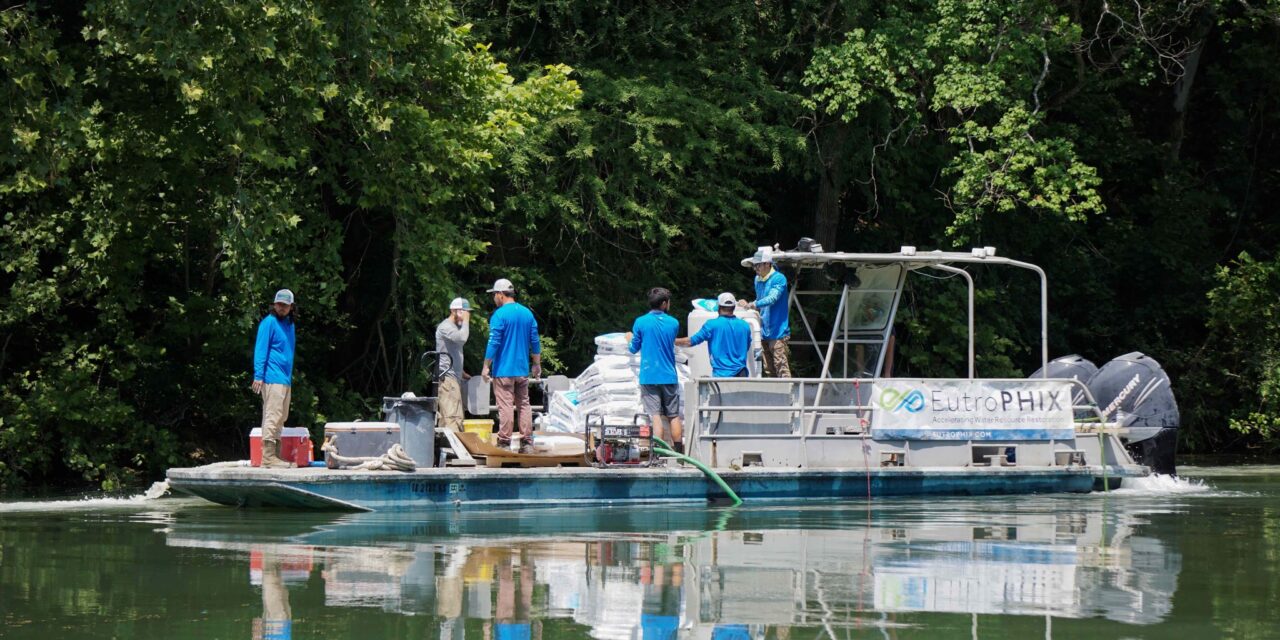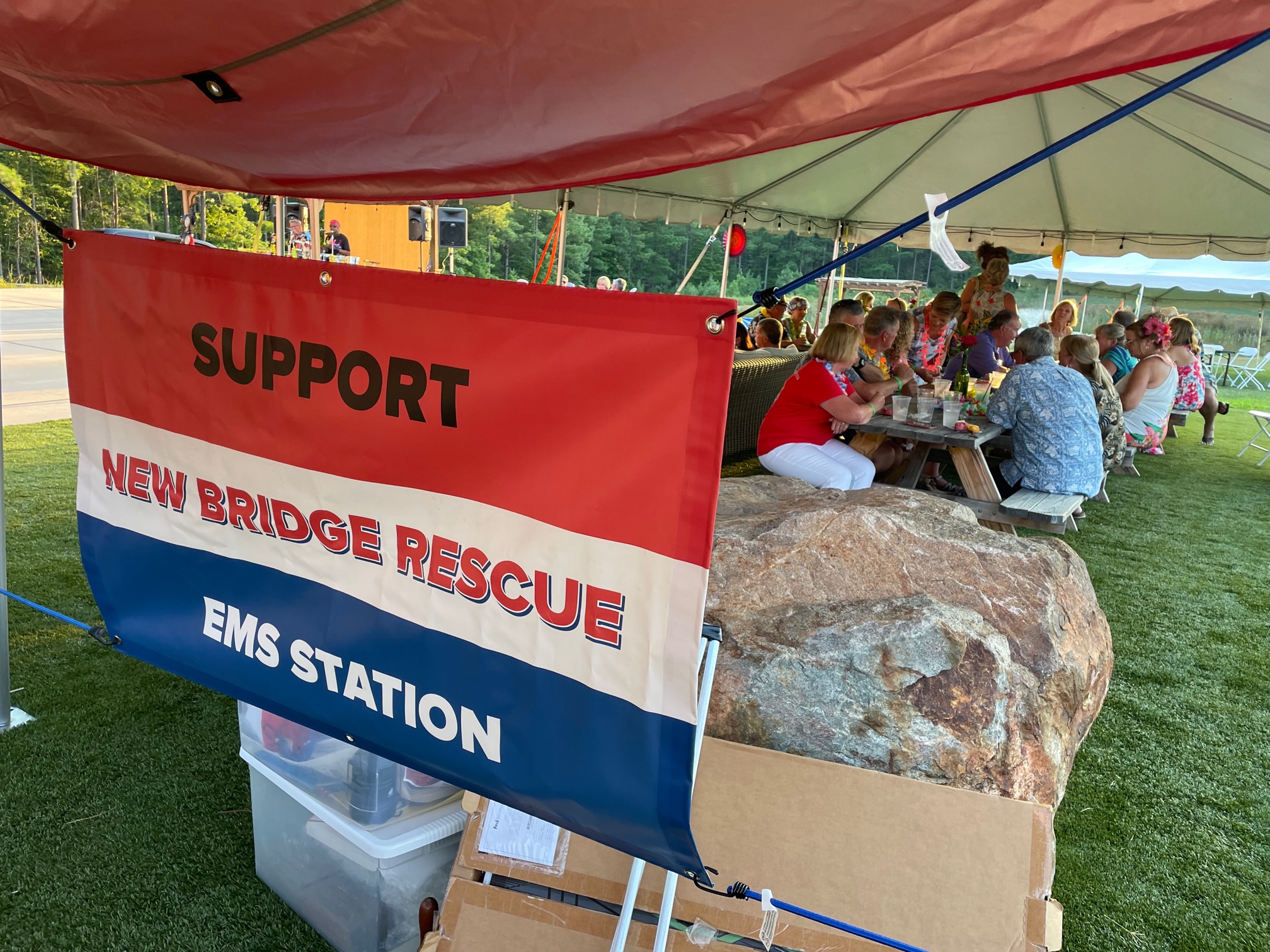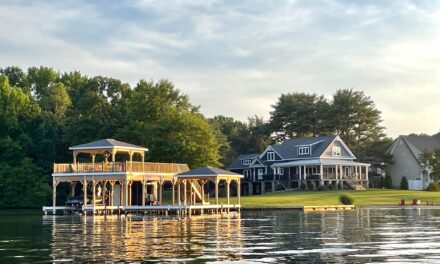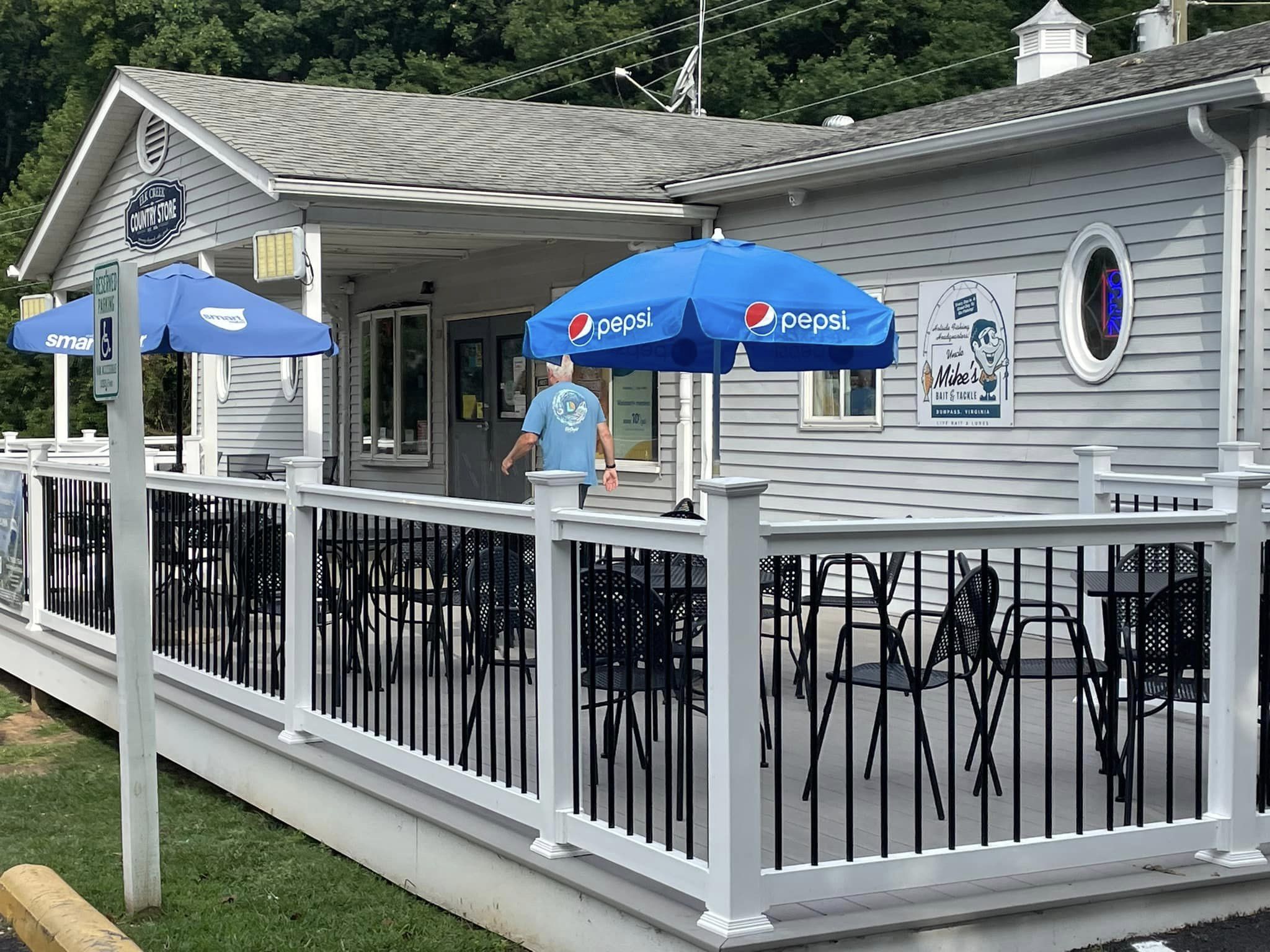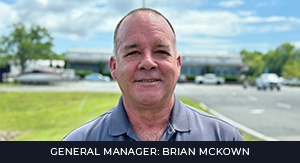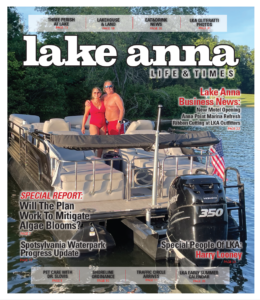By Harry Looney
As all of us who live at or make use of the recreational opportunities afforded by the lake know that the Virginia Department of Health (VDH) has issued recreational advisories each year since 2018 due to very high cell counts of potentially toxic cyanobacteria in areas of the upper reservoir.
The cyanobacteria feed on nutrients and their numbers increase dramatically as water and air temperatures rise during the summer recreational season.
While nothing can be done about water and air temperatures, remediation actions can be taken to reduce the amount of nutrients available to the cyanobacteria biomass, and we will finally see activities this year to reduce the amount of excess nutrients in the upper Lake Anna reservoir.
The actions taken this year are the “kick-off” to a multi-year effort called the Lake Anna Cyanobacteria Mitigation and Remediation Program (LACMRP). The first year of the LACMRP is funded by a $1 million appropriation from the Virginia General Assembly in the state’s current budget. The nutrient reduction effort will result in lower amounts of cyanobacteria and significantly improved water quality across the entire upper Lake Anna reservoir.
The Lake Anna Advisory Committee (LAAC) is managing the LACMRP with Louisa County providing financial support for the effort. The LACMRP consists of five, one-year phases that will conduct chemical and biological treatments to reduce excess phosphorus in the lake sediment and water flowing into the lake from the Lake Anna watershed.
The goal of the LACMRP is to achieve a safe and naturally balanced ecosystem in the Lake Anna upper reservoir ecosystem. This goal will be met through achievement of two main objectives outlined focused on the remediation of excess phosphorus and the reduction of cyanobacteria cell counts in the upper Lake Anna reservoir.
The LAAC conducted a competitive process in late 2023 and early 2024 that resulted in the award of two contracts for the first year effort. The awardees are EutroPHIX, a division of the SePRO Corporation, and Clean Streams Rivers and Lakes (CSRL). EutroPHIX is a specialized technical resource team of professional biologists, ecologists, and chemists focused on accelerating the restoration of water resources that have been impacted by nutrient pollution and harmful algae blooms.
EutroPHIX was formed in 2020 and SePRO was founded in 1994. CSRL was founded in 2021 with a purpose to perform research, education, engineering, manufacturing, remediation, and all other activities related to achieving safe, clean water quality.
Both contractors have fully executed contracts and are preparing to implement their technical approach. LAAC has held contract kick-off meetings with both contractors where initial plans and timelines have been laid out. Dominion Energy has approved the use of all products proposed by EutroPHIX and CSRL in their technical approach for the first year effort, and all products have been evaluated as environmentally safe for humans and wildlife.
Two of the three main tributaries are included in the first year of the LACMRP. EutroPHIX will be working in the upper North Anna River and CSRL will be concentrating on Terry’s Run. Funding limitations constrained the amount of work that can be accomplished in the first year so Pamunkey Creek will be included in future phases of the LACMRP. Pamunkey Creek will serve as our control area in 2024 so we can observe how the lake responds to environmental conditions this year compared to historical data. The LAAC will utilize data from the Virginia Department of Environmental Quality (DEQ), the United States Geological Survey (USGS), and the Lake Anna Civic Association (LACA) to assess phosphorus conditions in the untreated area compared to historical phosphorus data. The control area will also provide data to evaluate the effectiveness of phosphorus remediation efforts in the North Anna River and Terry’s Run.
The North Anna River treatment area covers the entire surface area of the lake from the Harris bridge (the 522 bridge near Tim’s restaurant) to the headwaters including both Duckinhole and Goldmine Creeks. The EutroPHIX treatment plan is scheduled for the week of June 10th. There will be several boats applying the lanthanum-based product, EutroSORB G. EutroPHIX will also be installing equipment upstream of the lake to address phosphorus from the inflows. We are working with Dominion Energy and local landowners to gain site and access approval for the equipment.
The equipment to be installed includes a trailer mounted set of pumps and electronics called the SePRO Automated Treatment Technology or SATT, and two water monitoring systems made by GreenEyes Environmental Observing Systems. The SATT injects EutroSORB WC into the river water to inactivate the phosphorus that is flowing into the lake. The amount of EutroSORB WC to inject is determined by automated systems that analyze phosphorus levels measured by the GreenEyes system. The equipment will be ready to go when we gain the necessary approvals from Dominion and the landowner.
The Terry’s Run treatment area includes the entire length of Terry’s Run, from the headwaters to the confluence with Pamunkey Creek. CSRL will deploy a granular product called Wollastonite that is made up of calcium silicate. There are trace amounts of other elements in the product but calcium oxide makes up 44% of the product and silicate dioxide makes up 51% of the formulation. We plan to deploy the Wollastonite product in early to mid-June. CSRL’s technical approach also employs bioreactors that contain beneficial bacteria that are voracious consumers of both dissolved phosphorus and dissolved nitrogen. The bioreactors will be deployed in multiple areas to work collaboratively with the Wollastonite treatments. CSRL will deploy the bioreactors in mid-June.
The LAAC will continue to update the public on the effectiveness of the program throughout the 2024 recreational season. Phosphorus remediation results are best achieved through a measured process to reduce phosphorus levels while not “shocking” the environment with large reductions over a short period of time. Patience is required as well as continued funding to implement the full intent of the LACMRP. The LAAC, Lousia County, and Spotsylvania County, are actively working to obtain additional state funding, federal appropriations, and private grant funding to execute the follow-on phases to the efforts that will be completed in 2024.

